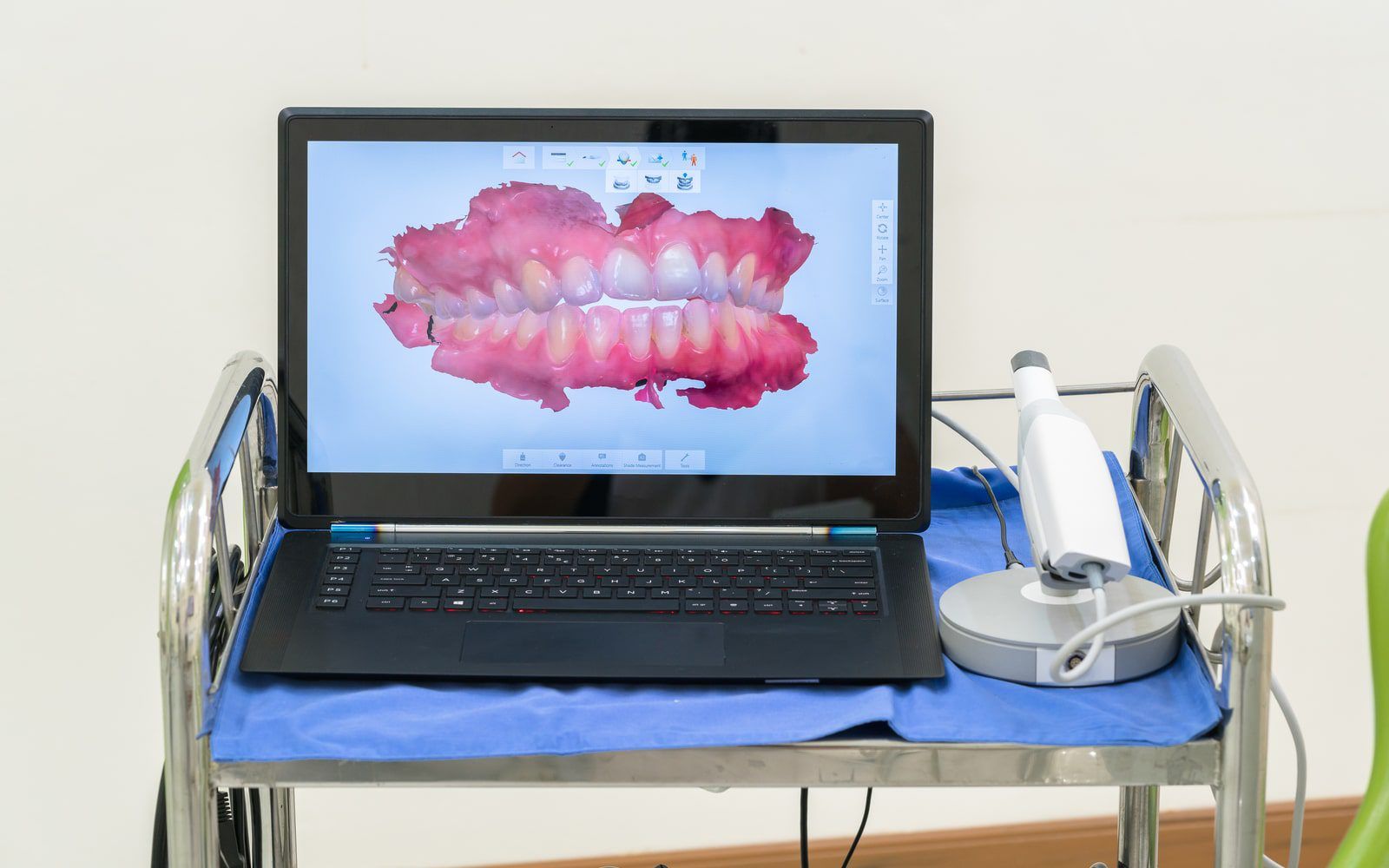How Scanning and Virtual Planning Can Improve Aesthetic Outcomes

One of the ways that dentists often work toward improving their patient’s health is through their technology. Beyond treatment methods and dental health standards, technology remains a pinnacle part of the patient’s experience. As advancements in technology continue to grow, we’re here to highlight one of the essential parts of how dental practices work: dental imaging devices. Digital dental imaging provides dentists in any specialty the ability to view and diagnose dental conditions more accurately, and below, we’re going to describe why digital imaging is so important for practices.
How Does Digital Dental Imaging Work?
Dentists need more ways to be able to look at your teeth because the mouth is composed of both internal and external parts, whereas some conditions require looking into the mouth more closely to be able to narrow down what exactly is causing the problem. Dental imaging devices work through a process called analog to digital conversion, where the voltages are collected from the sensors and transformed into values, and those values are then organized into pixels that display shades of gray on the computer screen. The photons used from the x-ray machines are converted from analog images to digital images, and once transferred, the mouth’s anatomy becomes easier to view due to the high levels of contrast.
Digital imaging also requires less radiation exposure than radiographic film, which helps patients sensitive to radiation receive x-rays and scans. Because of this technology, they allow dentists to view the teeth, roots, jaw placement, and overall facial composition. Thanks to the digitization of x-ray machines, the quality of the images allow for dentists to find and treat problems, including:
- Decay In Between Teeth
- Decay Beneath Existing Fillings
- Existing Bone Loss in the Jaw
- Bone or root canal changes due to infection.
- Tooth positions to help prepare for Restorative Treatments
- Abscesses, Cysts, and Tumors
- Crowded Space For Incoming Teeth
- Wisdom Teeth Development
- Impacted Teeth Development
Due to advancements in digital technology, dental imaging has made it easier for dentists to provide a more accurate diagnosis. Patients can now see what conditions can be treated and pay further attention to their health. For instance, patients faced with tooth discoloration can see whether or not the discoloration occurs internally or externally. Based on that information, they can see what dental whitening can do for their smile or what veneers would look like. They can also make further decisions about their desired dental shade and see the results of other cosmetic options available to them. When patients are considering investing in their dental care, dental imaging can give them a sense of comfort in taking that step.
Speak To Your Dentist For Further Guidance
Each year, there are more advancements in treatments that allow for better dental options. If you want to know more about what dental procedures are available to you, then the best resource is to contact your dentist for more information. Through your dentists, you can go over your current oral health, learn about what treatment options would work best for you, and find better options for your health.
